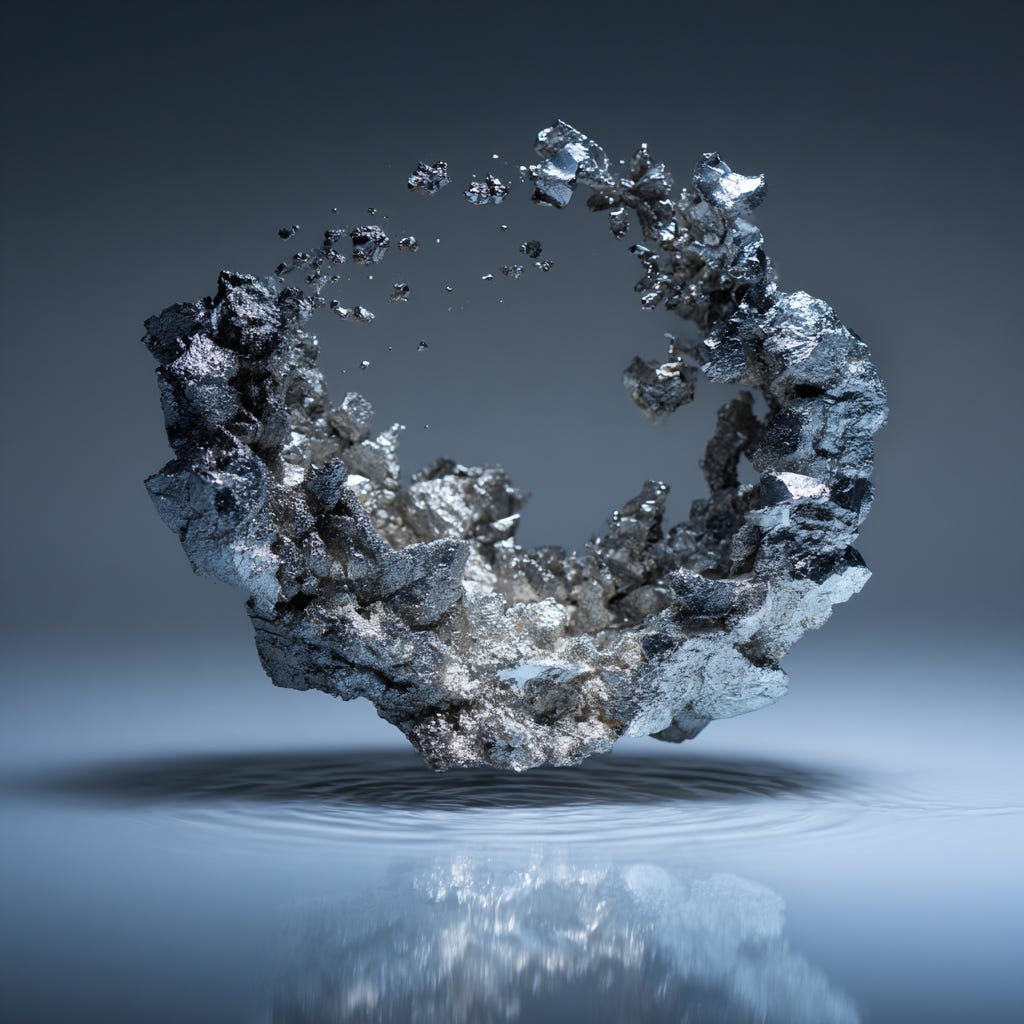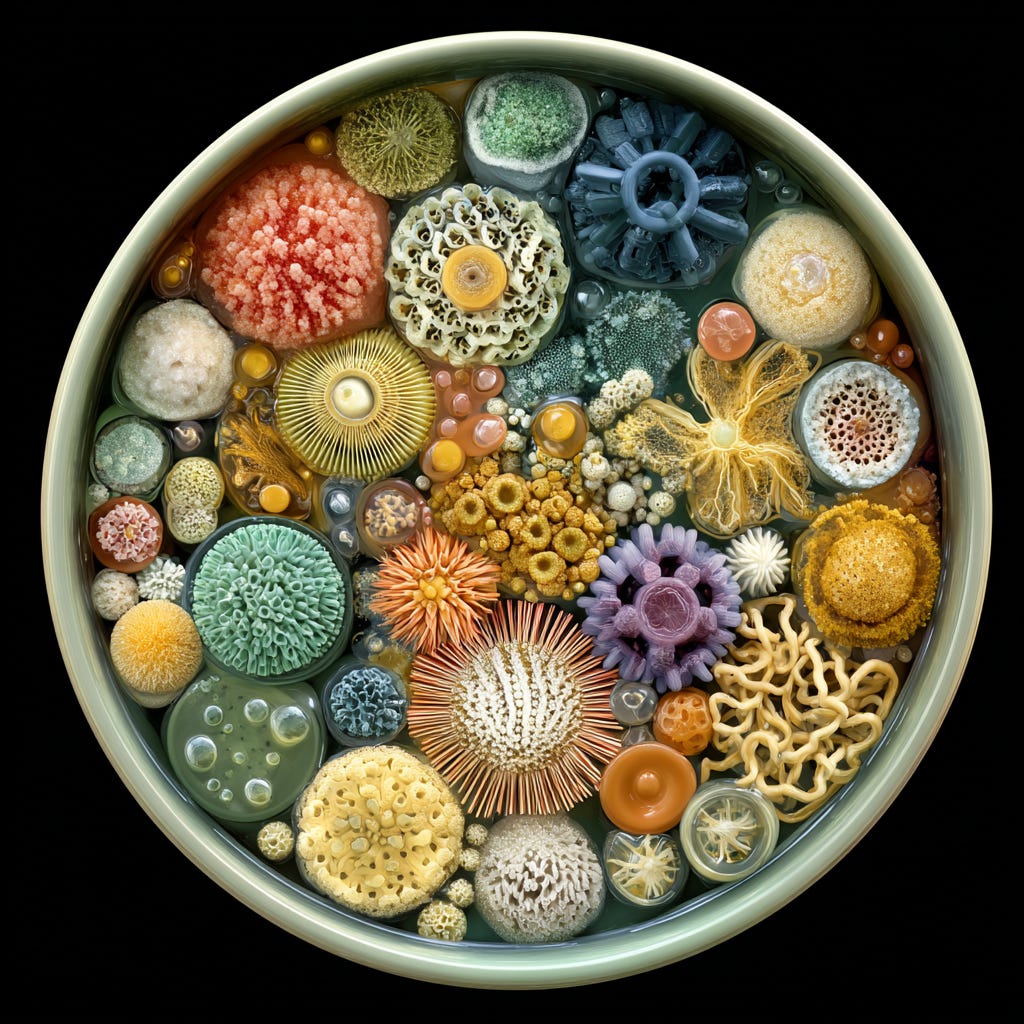Demystifying Deep Tech: Real Solutions for Real Problems
When people hear "deep tech," they often think of futuristic quantum computers or humanoid robots that seem impossibly complex. But today's most promising deep tech investments are solving fundamental problems hiding in plain sight – problems so basic to modern life that we barely notice them until they become critical. The technology may be sophisticated, but the market opportunities are crystal clear.
Consider technologies we now take for granted: the internet started as ARPANET in university labs, smartphones evolved from Bell Labs' research on cellular communications, automobiles emerged from mechanical engineering experiments, and even aspirin began as laboratory chemistry. These weren't "tech" innovations – they were breakthrough solutions to fundamental human problems. The internet solved communication and information access. Cars solved transportation. Aspirin solved pain relief.
Today's deep tech innovations represent the same massive wealth creation opportunity – but focused on society's most pressing challenges, creating both exceptional returns and lasting impact.
The demystification is about explaining why, although the tech behind deep tech is complex, the solutions are very impactful for humanity and society. Whereas it's easier for people to get their arms around a new consumer product or fintech solution or enterprise software app, the actual problem being solved doesn't actually help future generations in such a direct way. Deep tech isn't about technology per se – it's about solving problems in a real and meaningful way for people and the planet.
Rather than getting lost in technical complexity, let's explore three examples that show how deep tech companies are creating lasting impact through solutions anyone can understand:
From Seawater to Structural Metal: Magrathea Metals' Clean Magnesium
Magrathea Metals is developing a cost-effective way to extract magnesium metal from seawater using renewable energy. While this might sound like modern alchemy, the company is actually resurrecting a process that helped win World War II – Dow Chemical began producing magnesium from seawater in the 1940s for aircraft and weapons.
The problem Magrathea is solving is both environmental and strategic. China controls 85% of global magnesium production through dirty, coal-powered processes. Magrathea is proposing to restore America's status as a major primary producer—this time, using renewable energy. The US has zero production capacity for a metal we can't manufacture critical infrastructure without. Magnesium is lighter and stronger than steel, critical for cars, planes, and defense systems.
The breakthrough solution: Instead of mining magnesium from the earth with all the environmental damage that entails, Magrathea sources it from an infinite supply: the ocean. Every day, desalination plants globally produce 37 billion gallons of brine containing copper, zinc, and other metals. Magrathea buys these waste brines and uses wind, solar, and geothermal energy to extract pure magnesium through advanced electrochemical processes.
This is deep tech that doesn't sound scary – it's producing critical materials in a cleaner, less toxic way while securing supply chains essential for national defense and the clean energy transition.
Seaweed for Cows: Blue Ocean Barns' Methane Solution
Blue Ocean Barns, has developed a breakthrough solution to decarbonize the cattle and dairy industry. They've found that feeding cattle a specific type of red seaweed eliminates more than 80% of methane production without changing the taste of milk or meat.
The problem is significant: methane emissions from livestock exceed the oil and gas industry. The methane from one cow's burps equals the greenhouse gases from a passenger car. About a quarter of all global methane emissions come from cattle – making this a meaningful target for climate action.
The breakthrough solution: Add just 0.3% of a special red seaweed species, Asparagopsis taxiformis, which Blue Ocean Barns has branded as Brominata, to cattle feed. The seaweed prevents hydrogen from binding with carbon during digestion, nearly eliminating methane production while keeping cows healthy and productive.
This isn't just adding seaweed to feed – it requires sophisticated cultivation technology. Scientists are still learning what the seaweed likes and what it doesn't. Blue Ocean Barns has had to master the complex biology of growing this finicky seaweed at scale in controlled environments, with huge tanks at the Natural Energy Laboratory on Hawaiʻi Island.
The business model is elegant: farmers won't pay extra to reduce emissions, but food companies desperately need to decarbonize their supply chains. Companies pay Blue Ocean Barns to deliver seaweed to farmers and earn verified carbon certificates in return. Major brands like Ben & Jerry's, Clover Sonoma, and Straus Family Creamery are already partners.
The impact is staggering: treating just California's dairy cows would have the same climate benefit as Tesla's entire global fleet. Companies can achieve carbon neutrality while maintaining the nutrition that billions depend on.
Bacteria as Medicine: Seres Therapeutics' Microbiome Breakthrough
Perhaps the most striking example comes from Seres Therapeutics, which has developed SER-109 – a precise cocktail of beneficial bacteria designed to treat recurrent C. difficile infections, a condition that affects 460,000 people and kills 20,000 Americans annually.
C. difficile infections represent a perfect storm of modern medicine's challenges. The infection typically occurs after antibiotic treatment destroys the natural gut bacteria that keep harmful microbes in check. Clinical outcomes remain suboptimal because current therapies do not address fundamental aspects of the pathogen's life cycle.
The conventional approach is more antibiotics, creating a vicious cycle – temporarily killing the infection but further damaging the protective microbiome, making recurrence likely. Fecal microbiota transplantation showed promise but carries a risk of transmission of undetected or emerging pathogens that may lead to hospitalization or death.
The breakthrough solution: SER-109 represents a fundamentally different approach. Instead of killing bacteria, it restores the protective bacterial community with a precise consortium of beneficial microbes. These spore-forming bacteria compete with C. difficile for essential nutrients and modulate bile-acid profiles to reestablish resistance to colonization.
The deep tech lies in the sophisticated manufacturing process that purifies and standardizes bacterial spores – essentially turning biology into precision medicine. SER-109 is designed to prevent further recurrences by modulating the disrupted microbiome to a state that resists C. difficile colonization and growth.
The results are remarkable: 88% of patients treated with SER-109 were free from reinfection at eight weeks, compared to 60% with placebo. This represents a potential first-in-class FDA-approved microbiome therapeutic with Breakthrough Therapy and Orphan Drug designations, demonstrating how deep tech can solve medical problems that have stumped conventional approaches.
The Deep Tech Difference
These innovations require incredibly sophisticated science – advanced electrochemical processes, marine biology cultivation systems, and precision bacterial purification. But notice what they accomplish:
Generational Impact: Each addresses problems that affect humanity's future – securing critical materials, stopping climate change, and treating antibiotic-resistant infections – rather than optimizing existing consumer experiences. These represent massive markets built around foundational issues in our society: the global metals market exceeds $2.5 trillion annually, agriculture and food production represent a $12 trillion global market, and healthcare spending approaches $10 trillion worldwide, while creating enormous wealth as these solutions scale to serve these trillion-dollar markets.
Breakthrough Solutions: Traditional technology cannot extract magnesium cleanly, eliminate livestock emissions, or precisely restore gut bacteria. These breakthroughs required scientific innovations that weren't possible before.
Lasting Competitive Moats: The intellectual property and know-how required create meaningful barriers while solving problems that stay solved for decades. Many deep tech innovations also have dual-use applications, providing additional market opportunities and strategic value.
Near-term Commercial Traction: These aren't decades-away lab experiments – they represent technologies moving from breakthrough to market within 5 years – Magrathea has defense contracts, Blue Ocean Barns works with major food brands, and SER-109 is under FDA priority review.
For investors seeking exceptional returns while creating meaningful impact, deep tech represents a unique convergence: massive commercial opportunities built on solving humanity's most pressing challenges. Unlike consumer apps optimizing existing behaviors or enterprise software improving workflows, these innovations create entirely new markets by making the previously impossible commercially viable. The science may be complex, but the investment thesis – and the market potential – are remarkably clear.
Deep tech at its best offers investors the rare opportunity to generate wealth while building essential infrastructure for tomorrow's economy. These aren't speculative bets on changing consumer preferences – they're investments in securing the fundamental resources, environmental stability, and medical breakthroughs that civilization requires. The question isn't whether you can understand the technical details. The question is whether you want to capture incremental returns from digital optimizations, or build generational wealth by owning the solutions to tomorrow's essential needs.
That's the deep tech investment opportunity: exceptional returns from solving the problems that matter most, using breakthrough science to create markets that never existed before.
Please don’t forget to ignore the confusion.
This post was created with help from Claude.ai. Pictures were created with Midjourney. Thanks to Nirav Bisarya for contributing ideas and edits.






